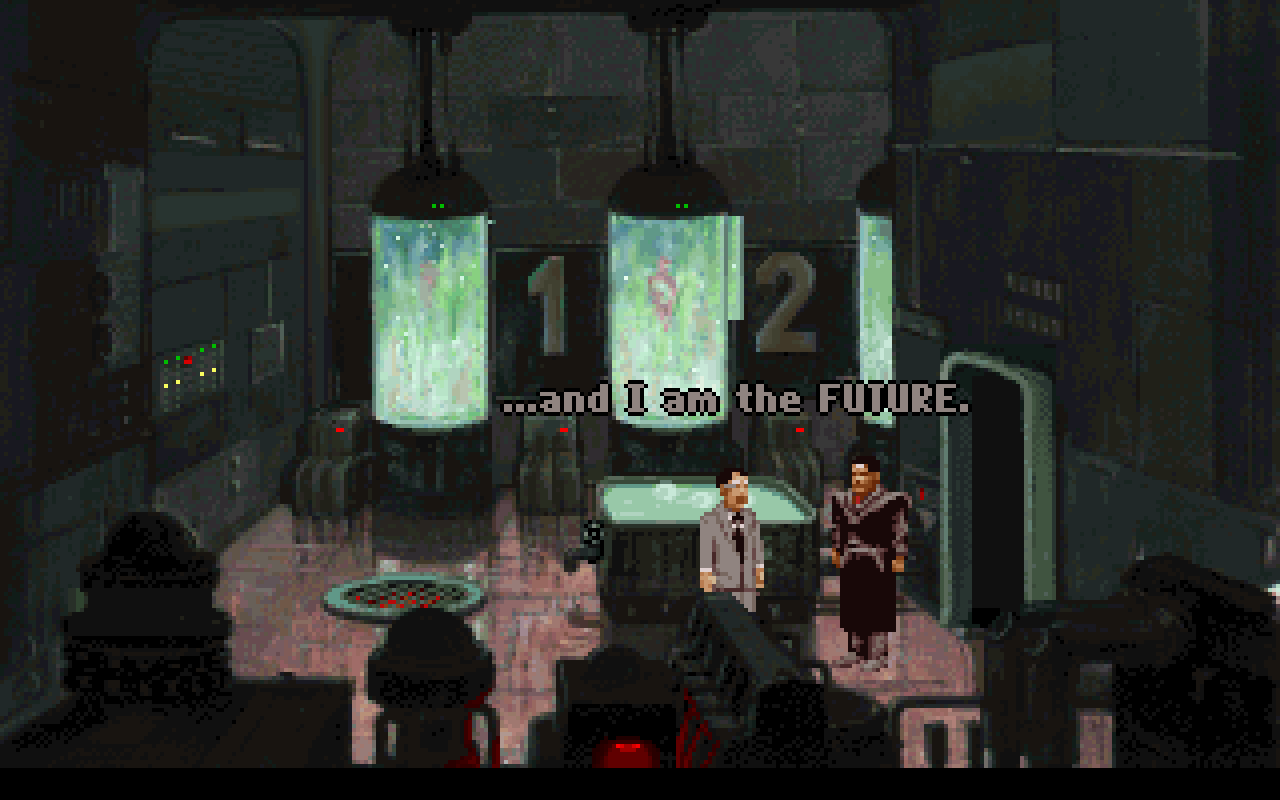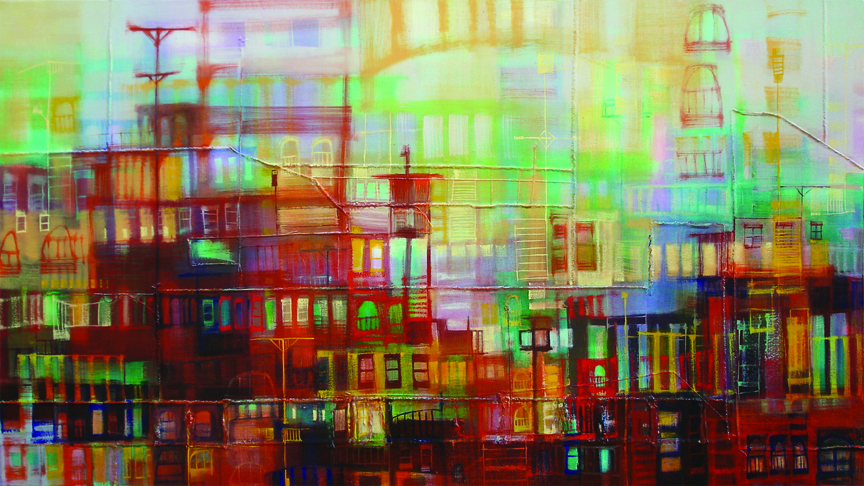

"That's the adventure of it: to take an object that's highly impure and see it as pure. "It's always a matter of interpretation, but I tend to look at all my works as being completely pure," Oldenburg told the Chicago Tribune in 1977, shortly before "Batcolumn" was dedicated. In May 2009, a 1976 Oldenburg sculpture, "Typewriter Eraser," sold for a record $2.2 million at an auction of post-war and contemporary art in New York.Įarly in his career, he was a key developer of "soft sculpture" made out of vinyl - another way of transforming ordinary objects - and also helped invent the quintessential 1960s art event, the "Happening."Īmong his most famous large sculptures are "Clothespin," a 45-foot steel clothespin installed near Philadelphia's City Hall in 1976, and "Batcolumn," a 100-foot lattice-work steel baseball bat installed the following year in front of a federal office building in Chicago. "When I am served a plate of food, I see shapes and forms, and I sometimes don't know whether to eat the food or look at it," he said. He had been in poor health since falling and breaking his hip a month ago.

Oldenburg died Monday in Manhattan, according to his daughter, Maartje Oldenburg. Pop artist Claes Oldenburg watches as his sculpture “Paint Torch” is installed by the George Young Company at the Pennsylvania Academy of the Fine Arts in Philadelphia Aug. "I want your senses to become very keen to their surroundings," he told the Los Angeles Times in 1963. The Swedish-born Oldenburg drew on the sculptor's eternal interest in form, the dadaist's breakthrough notion of bringing readymade objects into the realm of art, and the pop artist's ironic, outlaw fascination with lowbrow culture - by reimagining ordinary items in fantastic contexts. The cherry most recently returned on a snowy day in February, and its reinstallation reminded of the "Spoonbridge and Cherry" snowglobe, which was once available in the Walker's gift shop. Its departures and subsequent returns draw crowds to the garden, as visitors watch a construction worker enter the cherry and fly through the air inside of it. It traveled to New York in 2009, and then again in 2021. The spoon also evokes other imagery, such as the front of a Viking ship (which is also echoed in the ship at the actual Vikings stadium), ice skating and even a duck popping out of the water (as they often do at the actual sculpture).Įvery 10 years or so, the cherry receives a new coat of paint. Van Bruggen came up with the idea of a pond beneath the cherry. He disliked forks, and thus guests ate with a spoon and dull knives. The spoon, however, isn't just a spoon it reminded van Bruggen of Louis XIV at Versailles' extremely particular dining etiquette. The spoon idea came from a visit to the General Mills corporate campus, which had Betty Crocker spoons the cherry was van Bruggen's idea, with the idea of the cherry as a final touch, or literally putting "a cherry on top." In Oldenburg's famous art declaration "I Am For," written in 1961, he explains that he believes in art that "… is political-erotical-mystical, that does something other than sit on its ass in a museum."ĭuring the couple's research into what they could make for the then-new Minneapolis Sculpture Garden, they made several visits to the Twin Cities. Indeed, the cherry and spoon look like they could've been dropped directly out of a newspaper comic strip or cartoon. The pop art sculpture uses images from everyday life for inspiration. Oldenburg and Bruggen received the commission in 1985 from former Walker Art Center director Martin Friedman. Weisman funded the work through a $500,000 donation. The sculpture, designed by Oldenburg and his wife Coosje van Bruggen, is a 1,200-pound stainless steel cherry atop a gigantic silver spoon water spouts from the cherry's stem, sprinkling into a small, asymmetrical pond in the garden.Īrt collector Frederick R. The iconic giant spoon and crimson red cherry of "Spoonbridge and Cherry" has been the literal "topper" of the Minneapolis Sculpture Garden since its grand opening in 1988.


Oldenburg died Monday morning in Manhattan, according to his daughter, Maartje Oldenburg. NEW YORK - Pop artist Claes Oldenburg, creator of the Twin Cities iconic "Spoonbridge and Cherry" sculpture and who turned the mundane into the monumental also through his outsized sculptures of a baseball bat, a clothespin and other objects, has died at age 93.


 0 kommentar(er)
0 kommentar(er)
